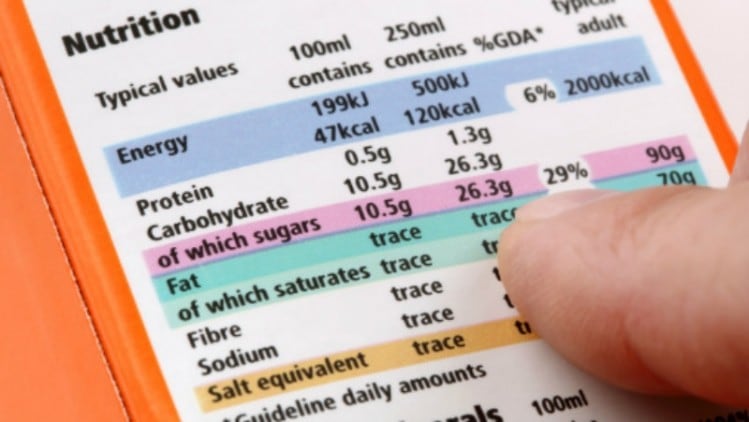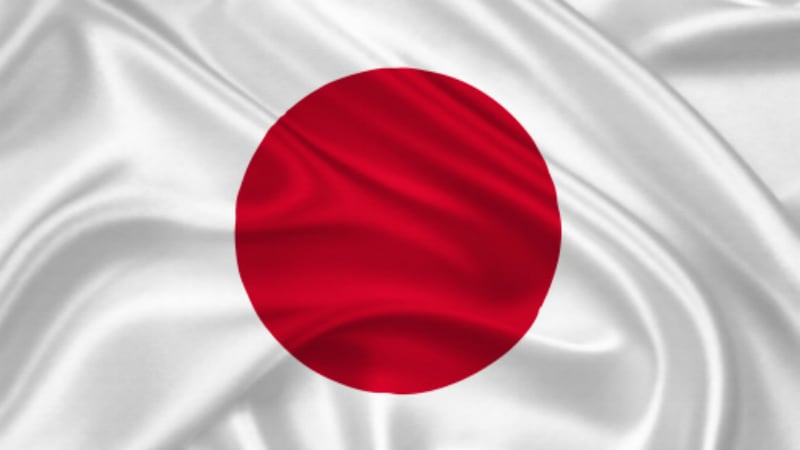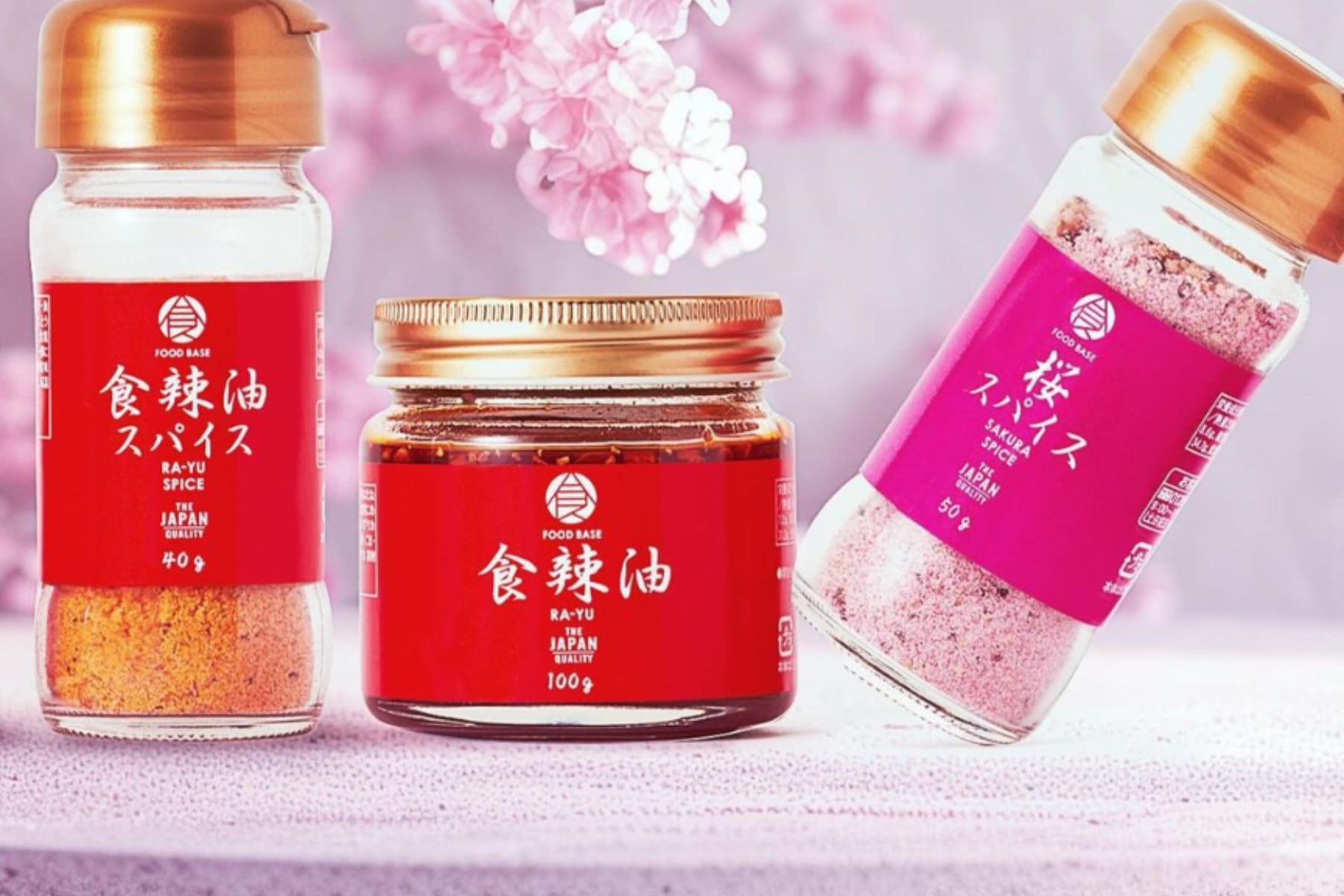The two Japanese companies have been developing and prototyping stabilisation technology for dried sweet potato (hoshimo) skin since 2022.
A by-product of dried sweet potato production, hoshimo skin contains a large amount of flesh that is often unused and discarded.
After establishing a technology that enables large quantities of dried sweet potato skins to be efficiently processed into “hoshimo peels” in a short period of time, the firms commercialised the product in late 2024.
“Hoshimo peel is delicious both as a food ingredient and when eaten as is. It is a natural sweetener with no added sugar. Unlike conventional dried and baked sweet potatoes, its sweetness level is equivalent to 50 degrees Brix, with an addictive crunchy texture.
“Although many of the nutrients in sweet potatoes, such as dietary fibre and polyphenols, are concentrated in and around the skin, it has been treated as food loss in the dried sweet potato production process due to its susceptibility to spoilage. Hoshimo peel contains about five times as much dietary fibre compared to raw sweet potatoes,” the firms said.
A new round of production for the hoshimo peels recently kicked off.
“As the technology for removing moisture by heat drying has been advanced and stabilised, the shelf life of the product (unopened and stored at room temperature) has been extended for the new shipments.
“We are continuously conducting microbial testing by external agencies, physicochemical testing, and sensory testing by in-house panellists in accordance with national guidelines for quality assurance. Based on the results, we have decided to change the expiration date from 60 days to 180 days.”
In addition, Nagai Nougei Center is collaborating with about 30 food manufacturers and distributors for ingredient and product development.
“We plan to produce over 5 tonnes [of hoshimo peels], which is equivalent to 20,000 sweet potatoes — about five times more than last season.”
The product is available at the Center’s direct sales store and official website, and retail channels such as supermarkets.
Aiming to drive demand and promote the appeal of hoshimo peels, the two companies will work with businesses in Ibaraki Prefecture, particularly in Hitachinaka City, a major production area of dried sweet potatoes.
They will also continue to strengthen production and sales capabilities to further fuel the “sweet potato boom” in countries such as Hong Kong, Thailand, and Singapore.
“We are looking for partners who would like to try our dried sweet potato peel, use it in their cooking, or think about creating a product using this natural sweetener from Japan.”
Sweet potato chocolate
Every year, Japanese department store company Takashimaya holds a chocolate festival “Amour du Chocolat”, which offers over 100 brands of chocolates in its physical stores and up to 400 brands online.
For the event this February, products using dried sweet potato peels were sold as Takashimaya-exclusive items for a limited time at 12 of its stores across the country, JU Yonago Takashimaya, and its online store.
According to Nagai Nougei Center, a total of seven brands launched chocolate products containing upcycled dried sweet potato peels, specifically Pierre Hermé Paris, Mont St. Clair, Wittamer, Toshi Yoroizuka, Godiva, Sils Maria, and KOBE CHOCO.





